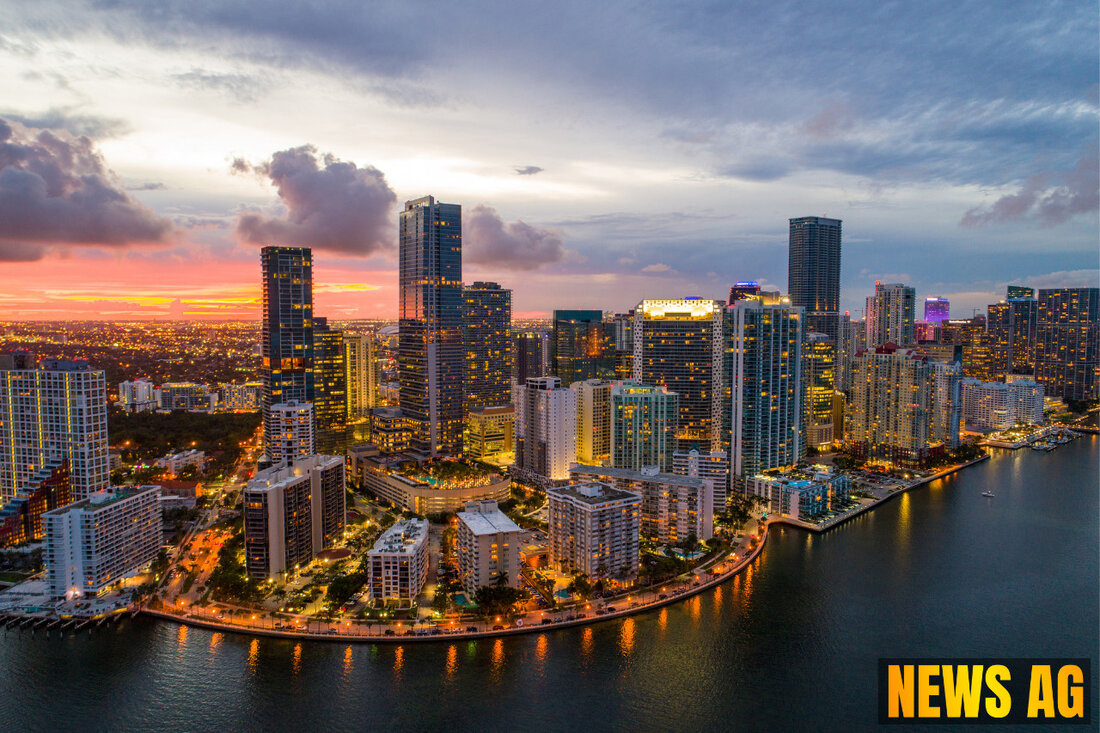Briatore Pushes for Major F1 Rule Change: Driver Salaries in Cost Cap!

Miami, USA - In the fast-paced world of Formula 1, money talks, and its implications are becoming increasingly significant. Flavio Briatore, the Executive Advisor for Alpine, is pushing for radical changes to Formula 1’s cost cap regulations, suggesting a rethink on how driver salaries are handled. With the 2025 season looming, the conversation around team expenditures is heating up.
Briatore argues that top earners, such as Max Verstappen, whose hefty salary reportedly reaches $65 million, are consuming a considerable chunk of a team’s budget. He points out that while the cost cap, which was set at $140.4 million for this year, aims to stabilize costs across the teams, the current structure excludes significant expenses like driver salaries and the top three highest-paid staff. “Costs have increased significantly without improving the quality of the sport or business,” he notes, adding that including driver salaries could foster a more competitive and sustainable environment in F1.
Financial Imbalances Under the Cap
Briatore’s insight sheds light on a key concern among teams: the disparity in financial allocations. While the cost cap was introduced in 2021 to rein in extravagant spending—previously, top teams were shelling out over $400 million annually—some exemptions still exist. Travel costs, marketing expenses, and employee sick leave payments are currently not included in the cap framework, leading to disparities that can disadvantage some teams compared to their richer rivals. According to Briatore, the presence of these exemptions highlights the need for adjustments to ensure a more level playing field.
As it stands, the top drivers’ salaries are pulling on teams‘ budgets in a way that doesn’t reflect the competitive landscape. For instance, while Verstappen is at the peak with $75 million, his peers like Isack Hadjar and Liam Lawson earn closer to $1 million. Briatore highlights that his own drivers pull in $10 million and $1 million, respectively. Such disparities prompt the question: are these differentials conducive to building a healthier competitive climate?
The Role of Cost Regulations
The introduction of a cost cap aimed to create a fairer system, encouraging teams to invest within their means. This framework regulates team spending on operations and car development, aiming to minimize the expenditure gap that previously favored larger, wealthier teams. However, the current model shows that the cap is not without its weaknesses, as loopholes allow more affluent teams to still enjoy an edge.
As the FIA enforces these regulations with rigorous oversight, including penalties for violations, there’s a growing call for reevaluation. Teams must submit detailed financial reports each year, but many argue for a more unified approach to costs that includes driver salaries. If enacted, Briatore’s proposal could usher in a new era of fairness, potentially revolutionizing team strategy and competitiveness.
The ongoing discussions will be crucial as the 2025 season approaches. There’s much to consider, from the implications of including salaries in the cap to the long-term sustainability of the sport itself. As it stands, the future of Formula 1 spending and performance hangs in the balance, and only time will tell if changes will be made to tighten the reins on a sport that thrives on both speed and fiscal responsibility.
| Details | |
|---|---|
| Ort | Miami, USA |
| Quellen | |
